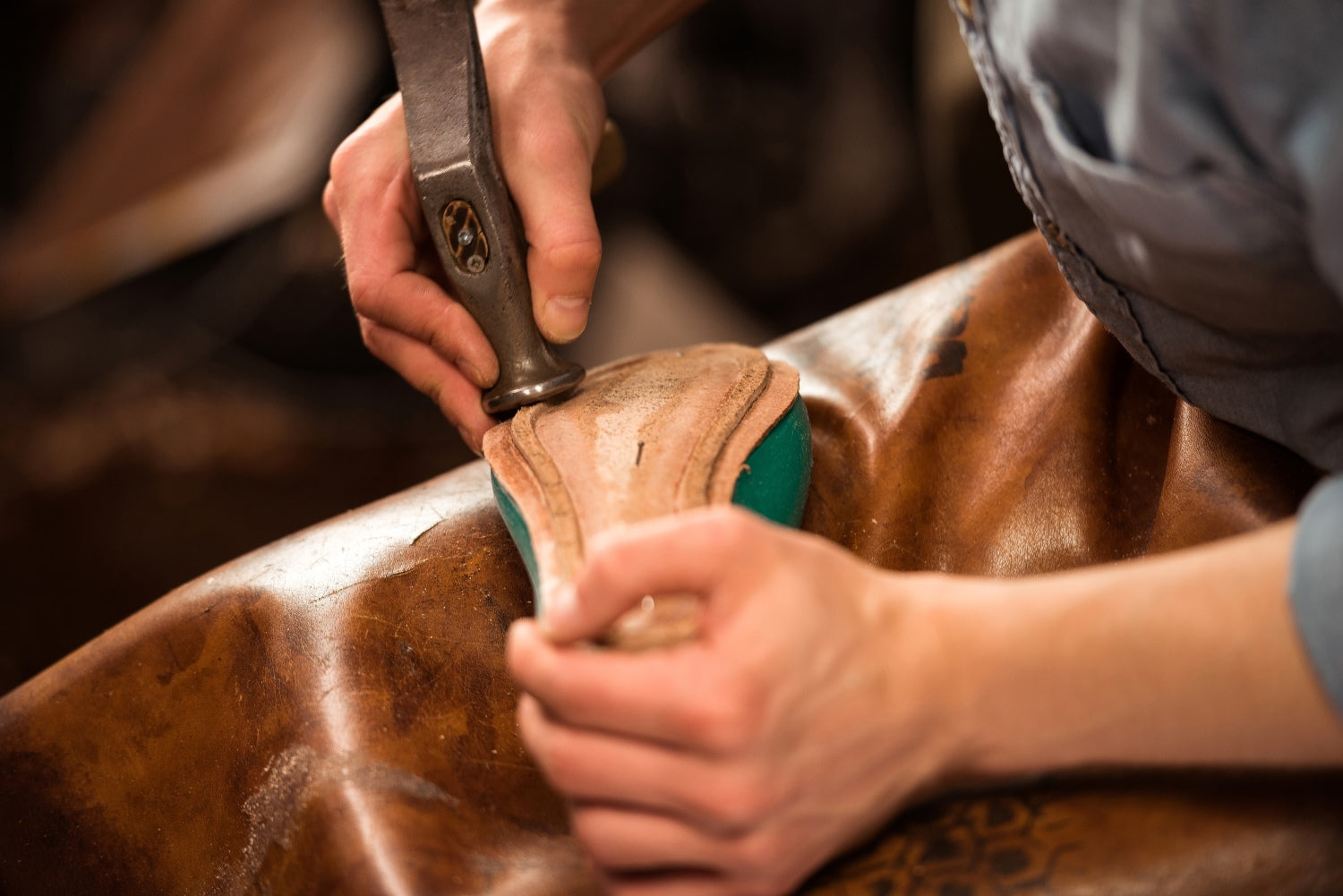Cork is a remarkable material that has been used by humans for thousands of years, and its journey from tree to product is a testament to nature’s ingenuity and sustainability. Here’s an exploration of cork, its benefits, and why it’s a boon for sustainable brands.
How is Cork Obtained?
Cork comes from the bark of the cork oak tree, primarily the species Quercus suber, which is native to southwest Europe and northwest Africa. The process of obtaining cork is environmentally friendly and sustainable. When a cork oak tree reaches about 25 years of age, its bark can be harvested for the first time without damaging the tree. This outer layer of bark is carefully stripped away, and the tree continues to live and grow. The cork oak has a unique ability to regenerate its bark, allowing for subsequent harvests every 9 years.
What materials does cork replace?
Cork is a versatile material that can replace a variety of traditional materials, especially in areas where sustainability is a priority. Hence we at Kaamna prefer it to make our wallets, bags, accessories and what not. Here are some materials that Cork can substitute:
- Animal Leather: Cork fabric, also known as cork leather, is a sustainable alternative to animal leather. It’s used in fashion for making bags, backpacks, wallets, belts, shoes, and even clothing.
- Plastics: Cork is being used as an eco-friendly replacement for plastics in many applications, including packaging, flooring, furniture, and insulation in homes and electric cars.
- Construction Materials: In the building industry, cork can replace conventional bricks and other construction materials due to its thermal insulation properties and sustainability. It’s used in expanded cork blocks for construction that are carbon-negative and support biodiversity.
- Textiles: For textiles, cork offers a high-performance, plant-based material as an alternative to planet-polluting plastics.
What are the Benefits of Cork?
Cork boasts a plethora of benefits that make it an attractive material for a wide range of uses:
Sustainability: Cork is a renewable and sustainable resource because the cork oak trees are not cut down during harvesting. Only the bark is harvested, and it regenerates over time, allowing the trees to continue growing and absorbing carbon dioxide from the atmosphere. This sustainable method of harvesting helps preserve the ecosystem and supports biodiversity.
Durability: Products made from cork are known for their exceptional durability and can last up to 30 years or more with proper care. Cork is resistant to cracking, abrasions, and wear, making it an ideal material for various applications, including flooring, countertops, and accessories. Its durability ensures long-lasting performance and minimizes the need for replacements, reducing waste and environmental impact. Making it perfect for our wallets and laptop bags.
Health and Safety: Cork possesses natural antimicrobial properties that inhibit the growth of mold, mildew, and insect infestations. This makes cork products hygienic and beneficial for individuals with allergies or respiratory sensitivities. Furthermore, cork is anti-static, limiting the absorption of dust and toxins and creating a healthier and cleaner indoor environment.
Eco-Friendly: Cork production is carbon-negative, meaning that cork oak forests absorb more carbon dioxide than the industry emits during the harvesting and manufacturing processes. Cork oak trees are known for their ability to sequester large amounts of carbon dioxide, contributing to the mitigation of climate change. By choosing cork products, consumers can support sustainable practices and reduce their carbon footprint.
Thermal and Acoustic Insulation: Cork has excellent thermal and acoustic insulation properties, making it an ideal material for flooring, walls, and construction insulation. Cork's natural cellular structure traps air, providing insulation against heat, cold, and sound. This insulation helps maintain comfortable indoor temperatures, reduces energy consumption, and creates a quieter and more peaceful living environment.


